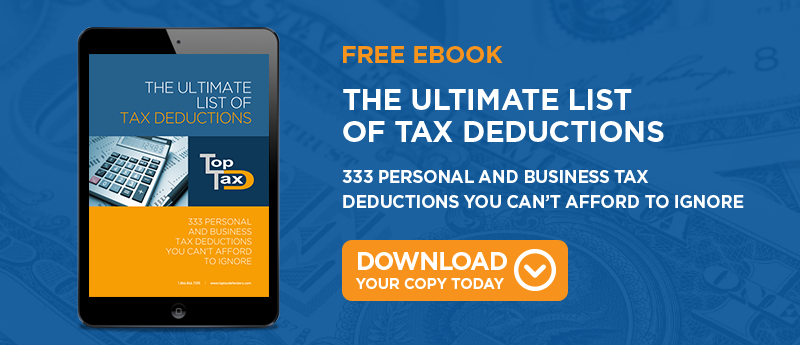
Taxpayers who invest in real estate realize that the home mortgage interest deduction is one of the easiest and most commonly claimed real estate tax deductions. According to IRS guidelines, homeowners may deduct the home mortgage interest they pay during the year, as long as the property meets certain guidelines. If you've been wondering how you can claim the mortgage interest deduction, here's a primer on the requirements and qualifications.
When Should You Claim the Mortgage Interest Deduction?
In order to claim personal home mortgage interest, you'll have to itemize your deductions instead of taking the standard deduction for your correct filing status. If your total itemized deductions, including home mortgage interest, are higher than your appropriate standard deduction, it is nearly always best to itemize. To be sure, ask a tax professional to prepare your tax return both ways to find which method results in the highest refund.
In most cases, the highest possible mortgage interest deduction is available in the first few years of the loan, when the bulk of the payment goes toward paying the interest. As the years go on, more of the payment is used to reduce the principal, and the total mortgage interest paid decreases.
Does Your Property Qualify for a Mortgage Interest Deduction?
Under the IRS guidelines, most properties are eligible for a mortgage interest deduction. This includes personal property, commercial property, and rental property. Taxpayers who have a first mortgage and a home equity loan may deduct the interest on both loans. In addition, the IRS allows individuals to write off the mortgage interest on up to two homes. Should you decide to sell your home, you can deduct the mortgage interest up until the date of the sale.
If your home is under construction, you can claim the mortgage interest from your loan for the first two years of the building process under the assumption that you will move in at completion. If the construction takes more than two years, you must wait until you move in before you can claim the interest again. If you don't move into the home, you'll have to amend your past tax returns to make up for your mistake of not moving in within two years.
How to Take the Mortgage Interest Deduction
If you are only deducting mortgage interest on a personal home, you'll include your interest as a Schedule A itemized tax deduction vs. a standardized tax deduction. If you intend to deduct mortgage interest on a rental property, you must write the interest off as a deduction from rental income on Schedule E. If you are self-employed and you are using a portion of the home as a home office, you should reserve that percentage of the mortgage interest as a deduction from income on Schedule C.
To make sure that you report the correct amount, wait until you receive a Form 1098 statement from your lender. This form is generally released toward the end of January, following the effective tax year. Some lenders allow homeowners to access the statement online to help with earlier tax preparation.
Using the home mortgage interest deduction can make a big difference in your tax liability. As long as you follow the IRS rules for claiming a mortgage interest deduction, you'll reap some of the tax benefits of home ownership!




